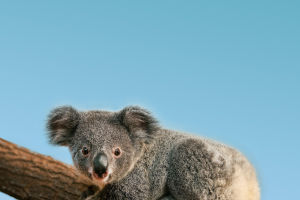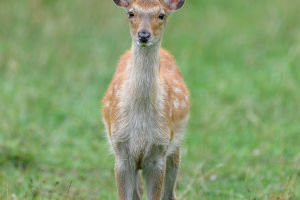Dragonflies are widely distributed insects found around the world, typically inhabiting areas near static or slow-moving bodies of water such as ponds, lakes, and rivers.
However, in recent years, the sight of dragonflies flying has become increasingly rare. Even in rural areas, their presence is diminishing. The decline in the dragonfly population raises questions about the reasons behind it and the extent to which human activities contribute.
Dragonflies rely on moist environments for breeding and survival. The continuous process of urbanization has led to the filling, reclamation, and pollution of many wetlands, rivers, and lakes, severely limiting the living space available for dragonflies. Additionally, the conversion of wetlands and farmlands for agricultural purposes further reduces their habitats.
Water pollution also plays a significant role in shrinking the survival area of dragonflies. Polluted water not only directly affects the insects' survival but also damages their breeding environment, leading to a decline in their reproductive success.
Eutrophication, caused by excessive algae growth, worsens water quality and makes it challenging for dragonflies to survive.
Rising temperatures can disrupt dragonfly populations by altering their breeding seasons. If warmer temperatures result in an earlier breeding season, dragonfly larvae may face food scarcity, leading to increased mortality rates. Temperature changes can also impact the developmental rate and lifespan of dragonflies, affecting their overall population size.
Climate change further exacerbates the situation as dragonfly habitats and breeding sites are affected by droughts and water scarcity. Some dragonflies require specific water bodies like lakes and rivers to lay their eggs, but these sources may dry up or become too shallow due to climate-induced droughts.
Extreme weather events, such as heavy rains and droughts associated with global warming, can also impact dragonfly survival and reproduction.
Dragonflies play a crucial role in controlling agricultural pests as they consume other insects. However, the use of pesticides can have detrimental effects on dragonflies. If pests are poisoned and subsequently consumed by dragonflies, the insects can suffer from poisoning, leading to death.
Moreover, the larvae of dragonflies, which reside in water, can also be affected by excessive pesticide use, resulting in their poisoning and death.
Furthermore, certain pesticides and herbicides contain endocrine disruptors that can disrupt the reproductive processes, stunt growth, and cause death among dragonflies.
Conserving dragonflies is of utmost importance due to their ecological significance. As voracious predators, they play a vital role in controlling insect populations, including agricultural pests, contributing to the overall balance of ecosystems. Dragonflies are indicators of environmental health, as their presence or absence can reflect the quality of freshwater habitats.
Efforts to protect dragonflies involve the preservation and restoration of wetlands, rivers, and lakes, ensuring the availability of suitable breeding grounds. Implementing sustainable agricultural practices that minimize pesticide use and promote biodiversity is crucial for their survival.
Raising awareness among the public about the importance of dragonflies and their conservation can also foster a sense of responsibility towards these remarkable insects and their habitats.
The decline in the dragonfly population is influenced by various factors, including habitat loss due to urbanization and agricultural activities, water pollution, climate change-induced habitat alterations, and the adverse effects of pesticides.
It is crucial to address these issues and implement measures to protect and conserve dragonflies, as they are not only fascinating creatures but also essential contributors to ecosystems and natural pest control.


